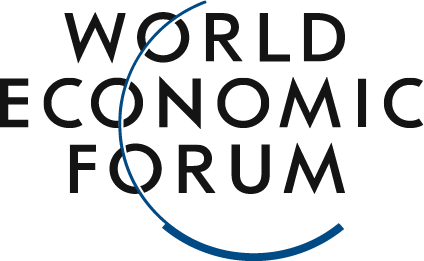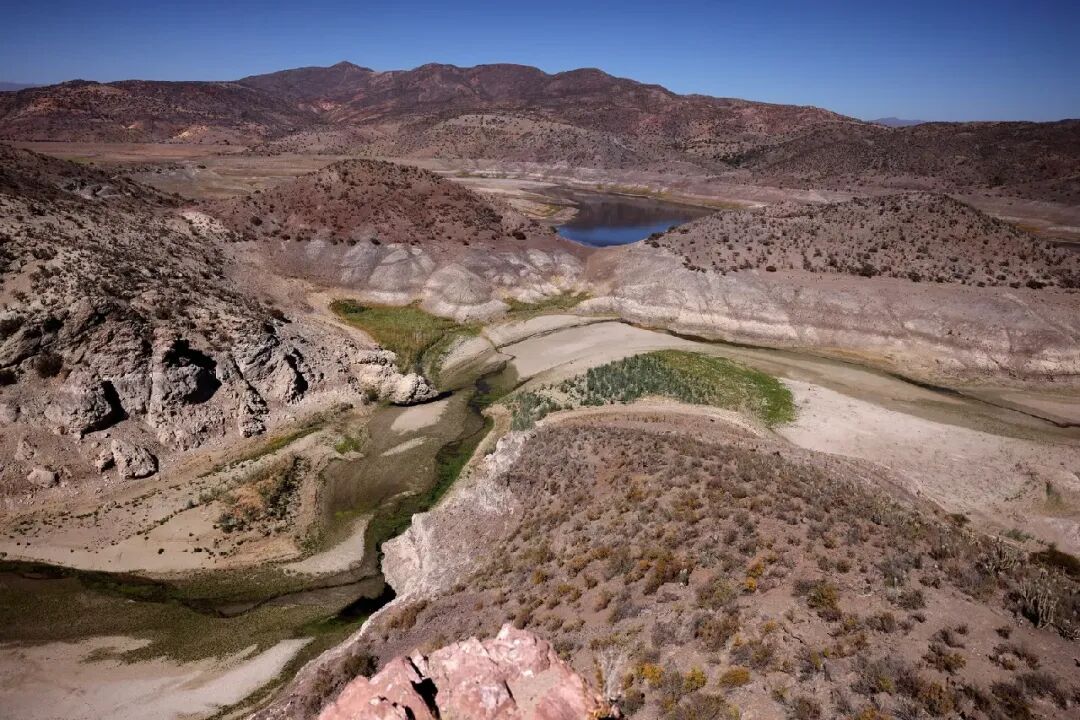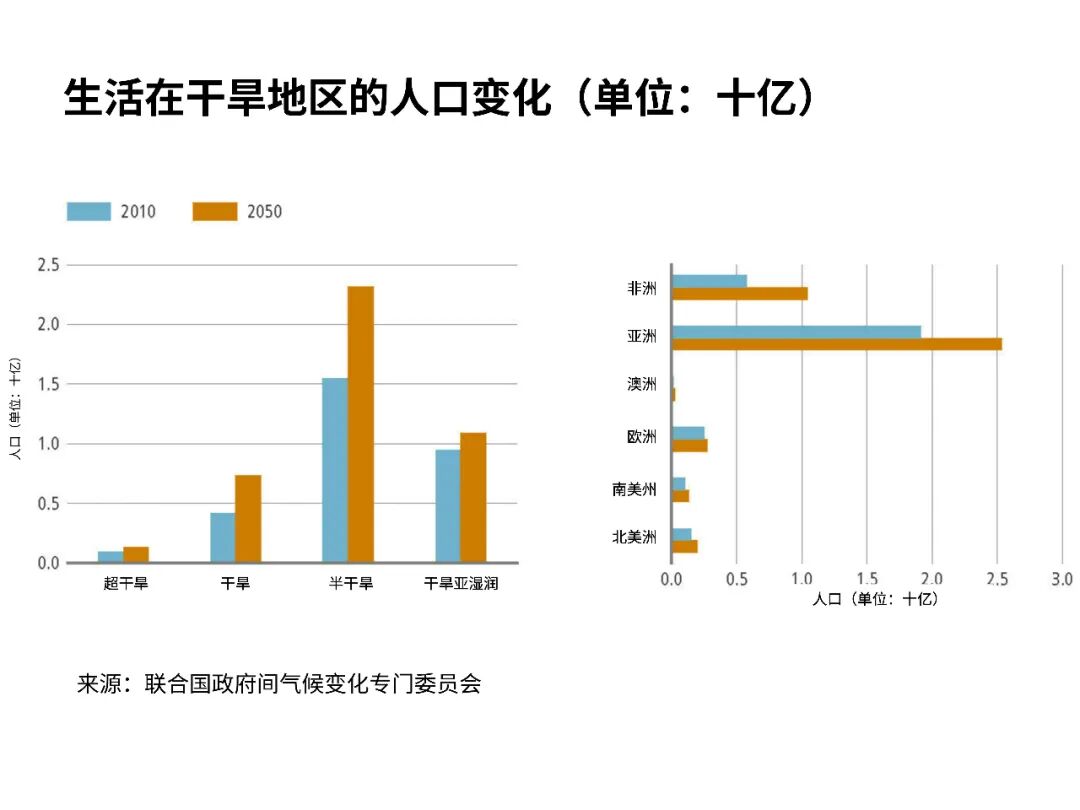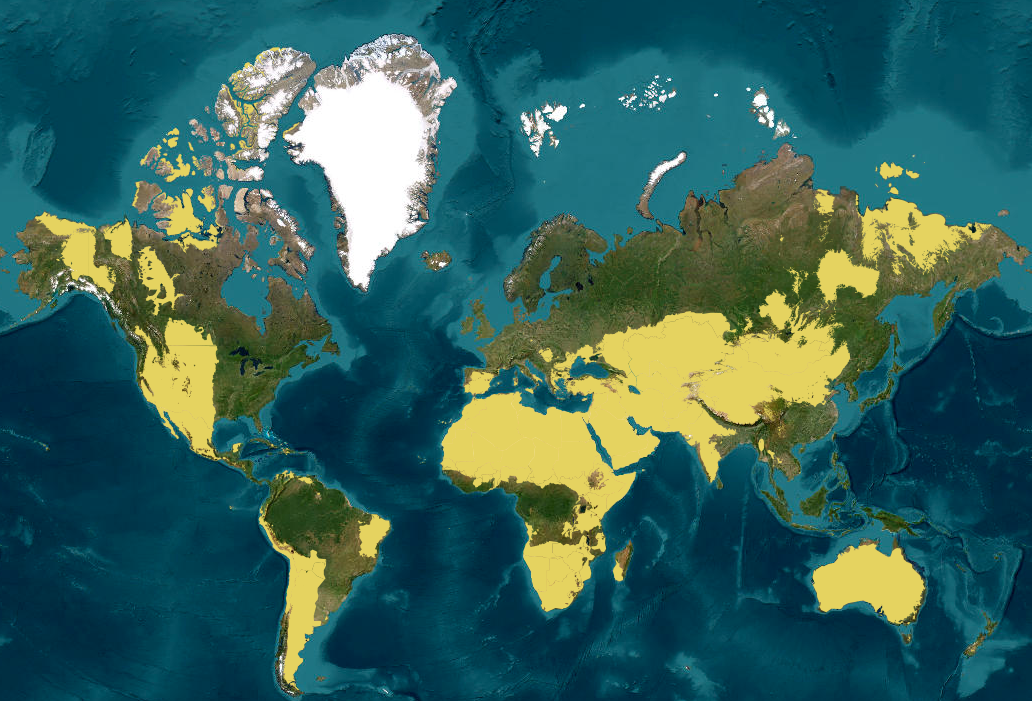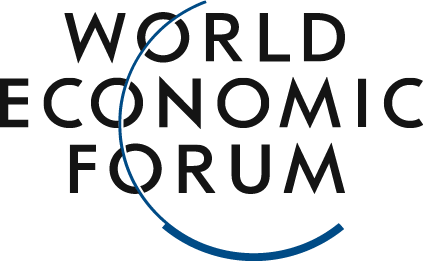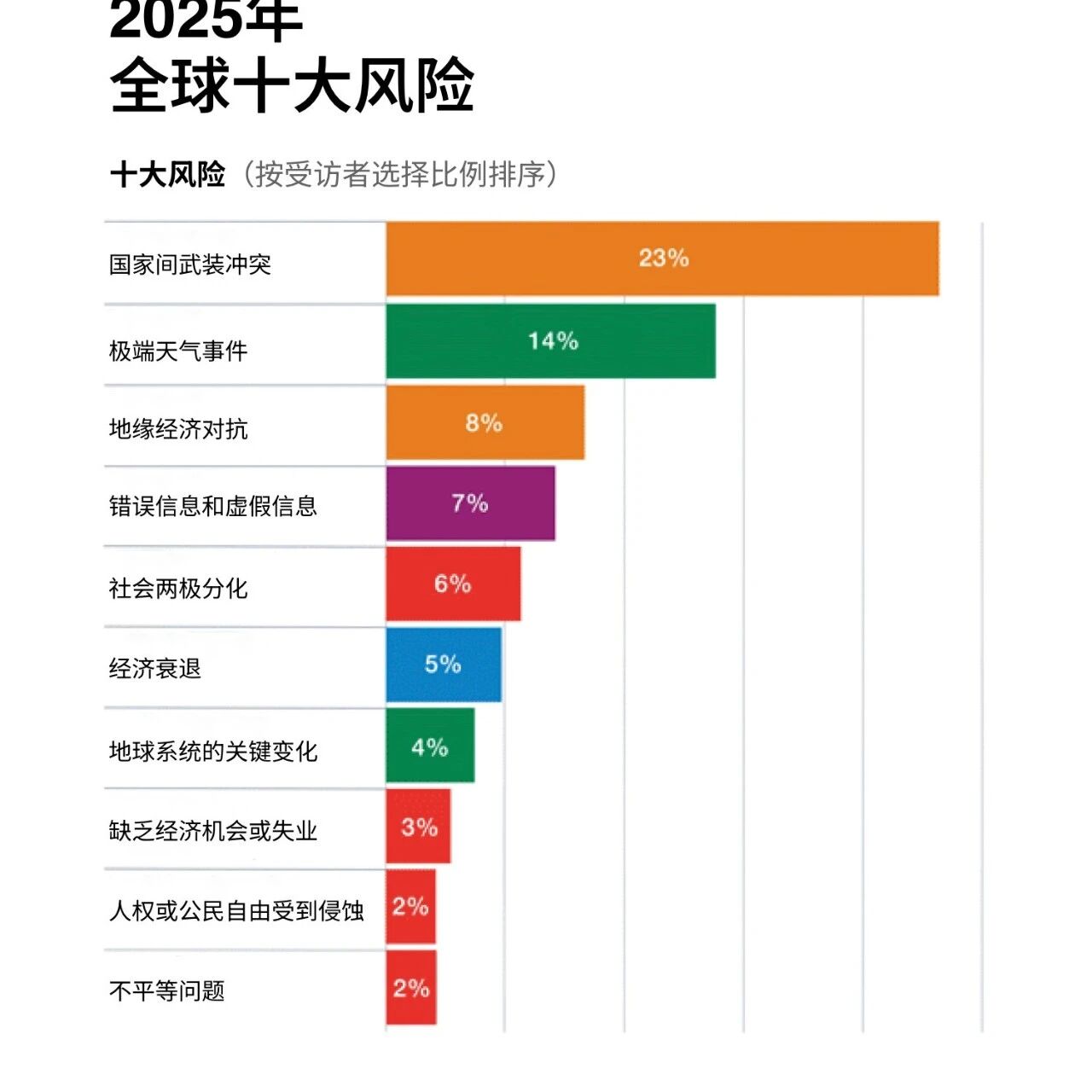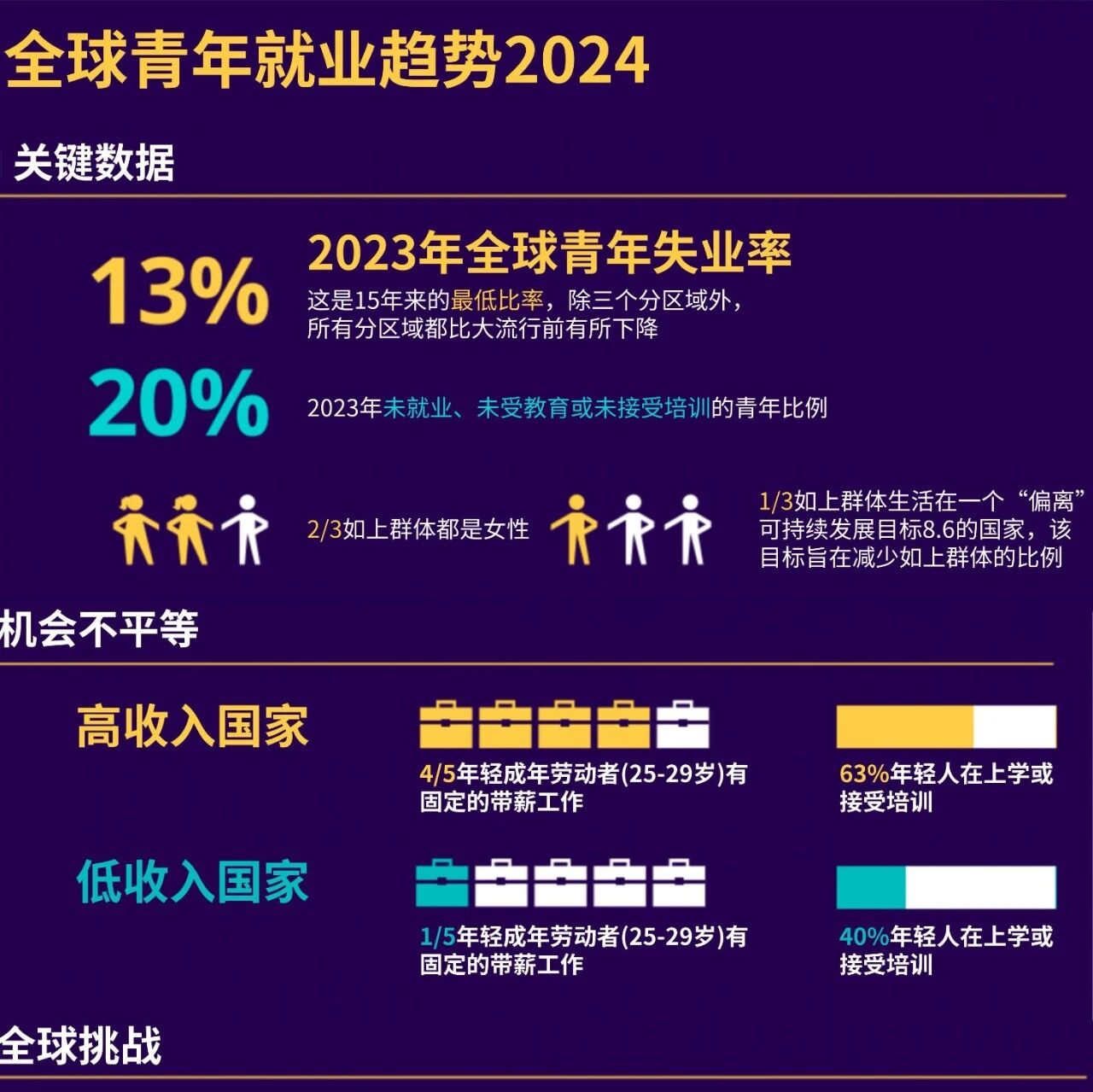According to Earth.org, around 2 billion people currently live in arid regions most vulnerable to desertification.
Image source:Reuters/Ivan Alvarado
Andrea Willige
Senior Writer for the Forum Agenda
Factors such as climate change, deforestation, overgrazing, and unsustainable agricultural practices are increasingly turning the world's arid regions into deserts.
The degradation of productive soils, along with the loss of biodiversity, water bodies, and vegetation, also impacts human livelihoods, leading to issues such as poverty, food and water scarcity, and poor health outcomes.
However, 2024 could prove to be a pivotal year in combating desertification, as a series of key events—including the World Economic Forum’s Sustainable Development Impact Summit and COP16—will place a strong focus on tackling this critical issue.
When we think of deserts, the regions that first come to mind are likely the Middle East, North Africa, or Central Asia. But desertification—driven by climate change—is now spreading across the globe, and its pace is steadily accelerating.According to the latest United Nations data, land degradation currently affects 15.5% of the Earth's surface— a 4% increase since 2015—based on information provided by 126 Parties in their 2022 national reports.However, 2024 could prove to be a pivotal year in the fight against desertification, as the 16th Conference of the Parties (COP16) to the United Nations Convention to Combat Desertification (UNCCD) will be held in December in Saudi Arabia, rallying stakeholders to take decisive action.The United Nations Convention to Combat Desertification is one of the three Rio Conventions, the other two being the United Nations Framework Convention on Climate Change and the Convention on Biological Diversity—all three conventions are set to take place in 2024.The Tripartite Parties Conference was the focal point of the "Putting Parties' Commitments into Action" session at the World Economic Forum’s Sustainable Development Impact Summit, held in New York from September 23 to 27, 2024.Ibrahim Thiaw, Deputy Secretary-General and Executive Secretary of the United Nations Convention to Combat Desertification, delivered a speech at the conference.He stated that holding three Conference of the Parties meetings within three months "presents a golden opportunity for countries or parties... to gain a truly more comprehensive perspective, rather than making decisions on one convention that could potentially undermine another treaty."Tio added, "You can't tackle biodiversity, climate, or land degradation issues on your own—you need to have a truly coherent perspective."He urged people to understand the interconnectedness between land degradation, conflict, and forced migration: "99% of our heat comes from the land, and the freshwater we rely on also originates from terrestrial ecosystems... As communities around the world compete for fertile land and water resources, the situation only becomes more complex."What does desertification mean for our planet and humanity? And how can we mitigate its impact?What are the causes of desertification?Desertification is a form of land degradation in which already relatively arid lands become even drier, leading to the deterioration of productive soils and the loss of water bodies, biodiversity, and vegetation cover.This is caused by a variety of factors, including climate change, deforestation, overgrazing, and unsustainable agricultural practices.This issue extends far beyond the boundaries of deserts like the Sahara, the Kalahari, or the Gobi. According to the United Nations Convention to Combat Desertification, 100 million hectares of productive land degrade each year. Meanwhile, droughts are becoming increasingly frequent, and by 2050, three-quarters of the global population is expected to face water scarcity.According to Earth.org, around 2 billion people currently live in arid regions most vulnerable to desertification.The regions hardest hit include Africa, East Asia, and Central Asia.Population changes in arid regions (in billions).
Image source:The United Nations Intergovernmental Panel on Climate Change
Who is most affected by desertification?According to the World Economic Forum's "Quantifying the Impact of Climate Change on Human Health 2024" report, approximately 40 million people in Africa are already living under severe drought conditions.According to Earth.org, countries in Asia experiencing soaring temperatures include China, Uzbekistan, and Kyrgyzstan. Although some of these regions have been classified as desert climates since the 1980s, desertification continues unabated, leading to hotter, more humid conditions. Meanwhile, in mountainous areas, dwindling snowfall is causing glaciers to shrink steadily, jeopardizing water resources that are critical for both human populations and agriculture.However, land degradation is also affecting temperate regions. The forum's report, citing statistics from the U.S. National Integrated Drought Information System, notes that nearly 40% of the 48 contiguous U.S. states are currently experiencing drought conditions.In recent years, Southern Europe has experienced its most severe drought on record. In Spain, desertification and overexploitation have severely impacted the region often referred to as "Europe's vegetable garden." The European Union has highlighted that its southern member states have become increasingly vulnerable to desertification in recent years—spanning not only Spain but also Portugal, Italy, Greece, Cyprus, Bulgaria, and Romania.In recent years, the EU has emphasized that its southern member states are particularly vulnerable to desertification.
Image source:European Commission
What are the impacts of desertification?According to data from the United Nations Convention to Combat Desertification, about 500 million people worldwide live in desertified areas.Due to malnutrition and the lack of clean water, they may experience deepening poverty, food insecurity, and poor health conditions. They are also more vulnerable to the impacts of climate change, as well as extreme weather events like droughts and natural disasters. With their livelihoods threatened and dwindling resources increasing the risk of conflict, they may even be forced to migrate.One of the most striking examples of desertification is the Aralkum Desert in Central Asia. In the 1960s, this region was home to the Aral Sea, the world’s fourth-largest lake. Since then, the sea has shrunk dramatically—its surface area has dwindled to just one-tenth of its original size, leaving behind three small, highly saline lakes. During the Soviet era, the Aral Sea’s water was diverted for irrigation purposes, primarily to cultivate cotton in the semi-desert regions surrounding it. This massive water withdrawal led to a sharp decline in the sea’s levels. Over time, climate change only intensified the crisis, transforming the once-lush seabed into a salt-covered desert. Today, abandoned fishing boats lie stranded and rusting on the dry, cracked ground, while local livelihoods have been utterly devastated.How can we slow down desertification?There are diverse approaches to tackling desertification, and numerous projects are currently underway around the world.Reforestation and afforestation efforts are helping to restore degraded soils. In Uzbekistan, a re-greening initiative has planted trees and shrubs across 1 million hectares of land along the shores of the Aral Sea desert. Among the species introduced is the black saxaul shrub, which boasts exceptional drought resistance and plays a crucial role in stabilizing salt and sand—preventing them from being swept away by sandstorms and carried inland.In the Sahel and Sahara regions of Africa, the African Union launched the "Great Green Wall" initiative in 2007, aiming to restore vegetation across 100 million hectares of degraded land. This ambitious project, which involves 22 African countries, is set to rehabilitate land by 2030, sequester more than 220 million tons of carbon, and create 10 million jobs.Another critical component in addressing land degradation is introducing sustainable land management practices—ranging from agroforestry to sustainable grazing—which can also boost crop yields and improve livelihoods.Water management practices such as rainwater harvesting, drip irrigation, and cultivating drought-resistant crops can help address the impacts of water scarcity.Other remedial measures include re-vegetation and restoring natural habitats such as wetlands or entire riverbeds.
The above content solely represents the author's personal views.This article is translated from the World Economic Forum's Agenda blog; the Chinese version is for reference purposes only.Feel free to share this on WeChat Moments; please leave a comment below the post if you’d like to republish.
Editor: Wang Can
The World Economic Forum is an independent and neutral platform dedicated to bringing together diverse perspectives to discuss critical global, regional, and industry-specific issues.
Follow us on Weibo, WeChat Video Accounts, Douyin, and Xiaohongshu!
"World Economic Forum"
